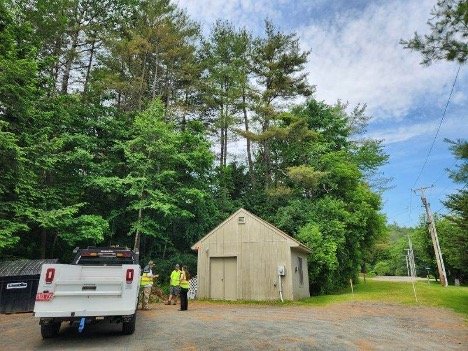Improving Access to Safe, Reliable, Affordable Water Infrastructure
We seek to advance innovative policies, programs, and technologies that expand and enhance access to safe, reliable, and affordable water infrastructure so communities and nature can thrive. We do this by engaging a wide range of partners, exploring out-of-box solutions, and championing changes in policies and practices.
Our Initiatives
-
![]()
Replace Toxic Lead Pipes Faster and Cost-Effectively
Thousands of communities across the country have lead pipes but need help finding and replacing them. We advance solutions to make sure communities realize the public health and economic benefits of lead service line replacement faster.
-
![]()
Analyze the Effectiveness of State Revolving Fund Policies
Water systems serving small and under-resourced communities often need assistance to invest in infrastructure but are less likely to access state and federal funds. We work to eliminate these disparities by analyzing and making recommendations to improve the effectiveness of State Revolving Fund policies and practices.
-
![]()
Provide Technical Assistance Through Our Funding Navigator
We help utilities and municipalities that serve small and under-resourced communities engage technical and community experts and residents to develop projects and apply for public funds for water infrastructure.
-
![]()
Advance Innovations That Improve Water System Performance
Under-resourced communities face immense barriers to making necessary water infrastructure upgrades. We work to create innovative solutions to improve communities’ access to clean, safe, and affordable water. Regional solutions such as mutual aid agreements, joint operating arrangements and procurement, and system consolidation offer the potential to improve compliance with water quality standards, enhance customer service, and meet growing workforce, regulatory, and financial challenges.












